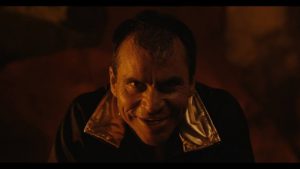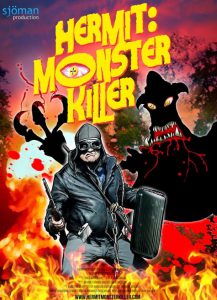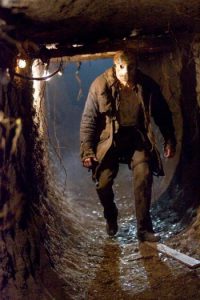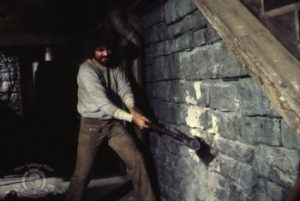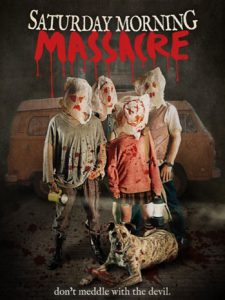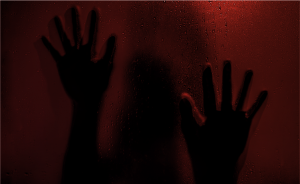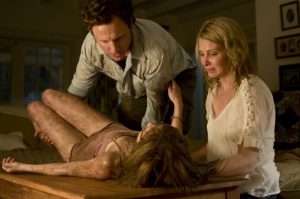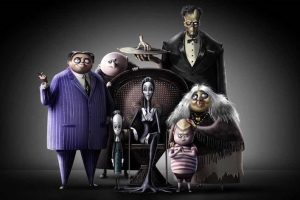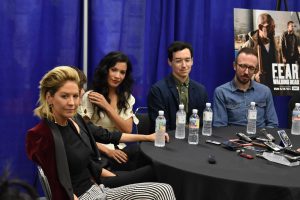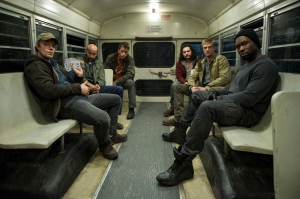The Dead Lands (2014) review
Toa Fraser’s The Dead Lands plays very much like a redemption action film on its surface. You have the unlikely hero, the grizzled anti-hero, the quest for ritious revenge. All the normal beats. What sets the film apart, though, is the Māori culture and tradition – from weaponry to cultural beats to a more honest-feeling spiritual backdrop: it all blends together to create an unfamiliar universe that is welcome and interesting. It is entirely enjoyable to take a trip down an unfamiliar path even if the plot is a weathered and pedestrian one.
The story follows Hongi (James Rolleston), the son of a chief who gets used as a pawn by the power-hungry Wirepa (Te Kohe Tuhaka), a leader of a nearby rival tribe, to set the stage for war and takeover. Hongi’s father is set up and when left vulnerable by his desire to hold onto some tentative peace, leaves the door open for a late-night massacre that wipes out the majority of his tribe at the hands of Wirepa and his men. Hongi manages (or rather stumbles) into the dark confines of the forest with Wirepa’s men close at his heels. Hongi is shown early on as being a bit undersized, underambitioned and maybe a bit too close to his fathers’ coattails to be his own man.
The contrast of this is never more clear than when he seeks out the help of a famed nearby monster-man to help him seek vengeance for the killings that destroyed his tribe. We get a glimpse of this ‘creature’ at the start of the film but once Hongi finds him and takes an audience to explain his plight, we get to experience him in all his glory. The actor Lawrence Makoare does a masterful job of owning every part of this larger-than-life character – his growl and rumbling fierceness and physical presence on-screen (especially early on) are something to see. Especially played against the wide-eyed innocence and smooth, unscarred skin of Hongi.
This meeting scene is a beautiful one – partly because the meeting of the young and unproven character and the old, grizzled one is one we all know. We understand these beats and we understand the weight of this kind of meeting in a movie. But the depths of the monster’s pain in this story and reasons for joining up with Hongi are barren and raw and sad and so you take this thing you know (and the filmmakers must know you know) and you take it as authentic. It is confident and it is more interesting than it would have any right to be most of the time. The buy-in is an easy proposition to make and the payoff is all the more meaty when you take into account what the monster is and what Hongi grows to be. A Disney road-to-redemption-pairing, this is not.
So the stage is set, the training takes place and the march to the final showdown is set in motion. There is a slight introduction of a female warrior-type character in Mehe (Raukura Turei) and some vision-questing with Hongi’s grandmother (played by the great Rena Owen) but any and all female involvement in this film is pretty minimal. I would have liked to see the character Mehe play a larger role, but, she does bring humanity in the small amount of time she has and it adds some color and some fullness to the world.
The battles (whether during the nighttime raid or once our heroes make their way to the final showdown) are all pretty impressive and well shot and choreographed. There are culturally specific weapons used with a level of brutality and blood you get used to not seeing in many western action films. I would have liked to have it be a lot more bloody and a lot more outrageous in the action department, but, blood in action is always welcome. Hongi uses a long, stick-like thing (pou whenua), Wirepa’s men use these toothy paddles (maripi) and most everyone else are armed with these ping-pong paddle-looking weapons (mere) that are effective in throat-slashing and skull smushing. These weapons are not something most people are familiar with so when you couple that with the yowling and snarling and physicality of the fights, it feels very unique and engaging to watch. I just wished there was more of it and it was bigger and splashier.
There are moments of real beauty in the film too – helped by the beautiful locations used in New Zealand. A few shots in particular are breathtaking and give a real scale and scope to this world and to the smallness of blind revenge sought by the heroes. As that peels away and the heart of the story is revealed, a kind of peace and beauty emerges from the blood that is refreshing and welcome. There are no cynics making this film – it is sincere and it is heartfelt and ambitious and while not a horror film in the middle of the strike zone for sure, it is interesting and textured, bloody and violent and well worth a viewing.



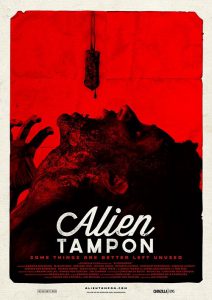
![The Babadook Movie Review [Stanley Film Festival]](https://www.horror-movies.ca/wp-content/uploads/2021/04/The-Babadook-Poster-350x513-1-205x300.jpg)
